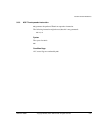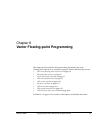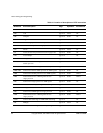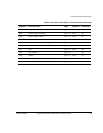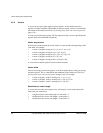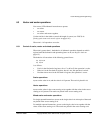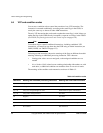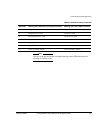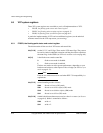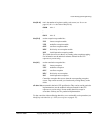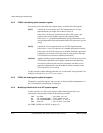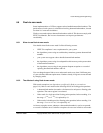
Vector Floating-point Programming
6-6 Copyright © 2000, 2001 ARM Limited. All rights reserved. ARM DUI 0068B
6.2.2 Vectors
A vector can use up to eight single-precision registers, or four double-precision
registers, from the same bank. The number of registers used by a vector is controlled by
the
LEN
bits in the
FPSCR
(see FPSCR, the floating-point status and control register on
page 6-10).
A vector can start from any register. The first register used by a vector is specified in the
register fields in the individual instructions.
Vector wrap-around
If the vector extends beyond the end of a bank, it wraps around to the beginning of the
same bank, for example:
• a vector of length 6 starting at s5 is {s5, s6, s7, s0, s1, s2}
• a vector of length 3 starting at s15 is {s15, s8, s9}
• a vector of length 4 starting at s22 is {s22, s23, s16, s17}
• a vector of length 2 starting at d7 is {d7, d4}
• a vector of length 3 starting at d10 is {d10, d11, d8}.
A vector cannot contain registers from more than one bank.
Vector stride
Vectors can occupy consecutive registers, as in the examples above, or they can occupy
alternate registers. This is controlled by the
STRIDE
bits in the
FPSCR
(see FPSCR, the
floating-point status and control register on page 6-10). For example:
• a vector of length 3, stride 2, starting at s1, is {s1, s3, s5}
• a vector of length 4, stride 2, starting at s6, is {s6, s0, s2, s4}
• a vector of length 2, stride 2, starting at d1, is {d1, d3}.
Restriction on vector length
A vector cannot use the same register twice. Allowing for vector wrap-around, this
means that you cannot have:
• a single-precision vector with length > 4 and stride = 2
• a double-precision vector with length > 4 and stride = 1
• a double-precision vector with length > 2 and stride = 2.




